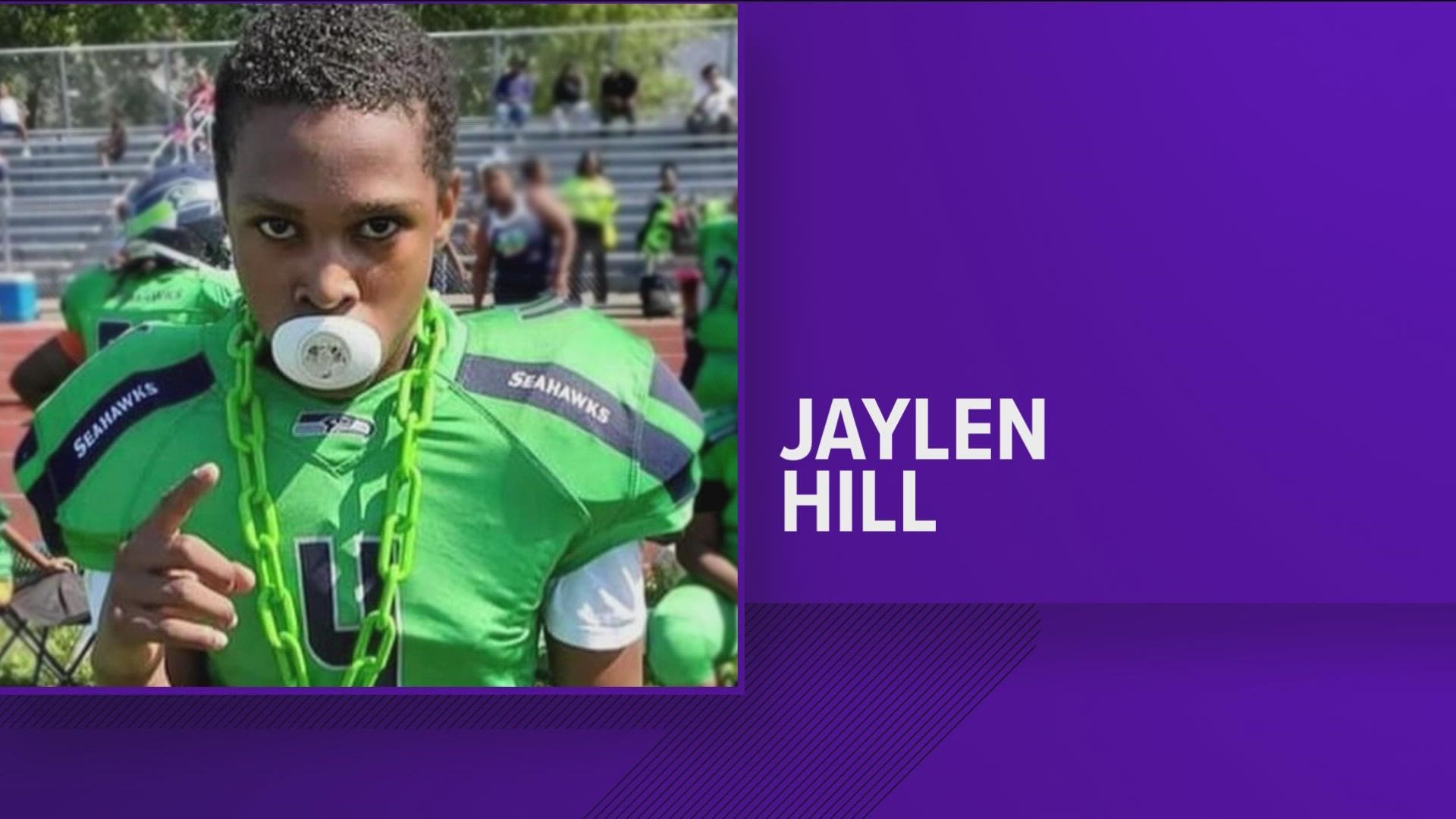SYLVANIA, Ohio — The death of a 15-year-old boy at a Monroe County campground is a stark reminder that not all bodies are the same.
Different bodies of water require different levels of awareness and endurance on the part of swimmers in order to keep safe.
Jessica Walkovich is an aquatics manager at the Centennial Quarry and Plummer Pool who said the difference between a pool and a bigger body of water can be life or death when approached the same way since some spots in the quarry can be nearly 30 feet deep.
"The endurance that you have to have to swim here or make it to every inflatable or beach we have here [is a lot]," said Walkovich.
In addition, being able to see what's beneath you can make a big difference in a body of water's safety level.
In a pool, the water is clear and a swimmer can see the bottom. Pools are also typically smaller, making it easier for swimmers to reach the edge.
At a place like the quarry however Walkovich says you can't see the bottom, and guards like her have to be much more attentive.
People who are age 13 or younger must take a swim test at the quarry and when someone needs help, Walkovich said there are clear signs. These include doggy paddling or the swimmer struggling to keep their head above the water.
End Drowning Now, which has compiled statistics related to drowning from TPA (Total Programming Aquatics), The AAP (American Academy of Pediatrics), CDC, NDPA and NIH.
They say, there have been 28,000 drownings across the U.S. since 2009 including:
- Pools: 20.2%
- Lakes: 26.9%
- Rivers: 27.2%
- Oceans: 10.7%
Walkovich said knowing your limits and having a swimming buddy are important ways people can prevent drowning.
Also, if you realize you're in danger the best thing to do is relax, lie on your back, and wait for help.
MORE FROM WTOL 11:

